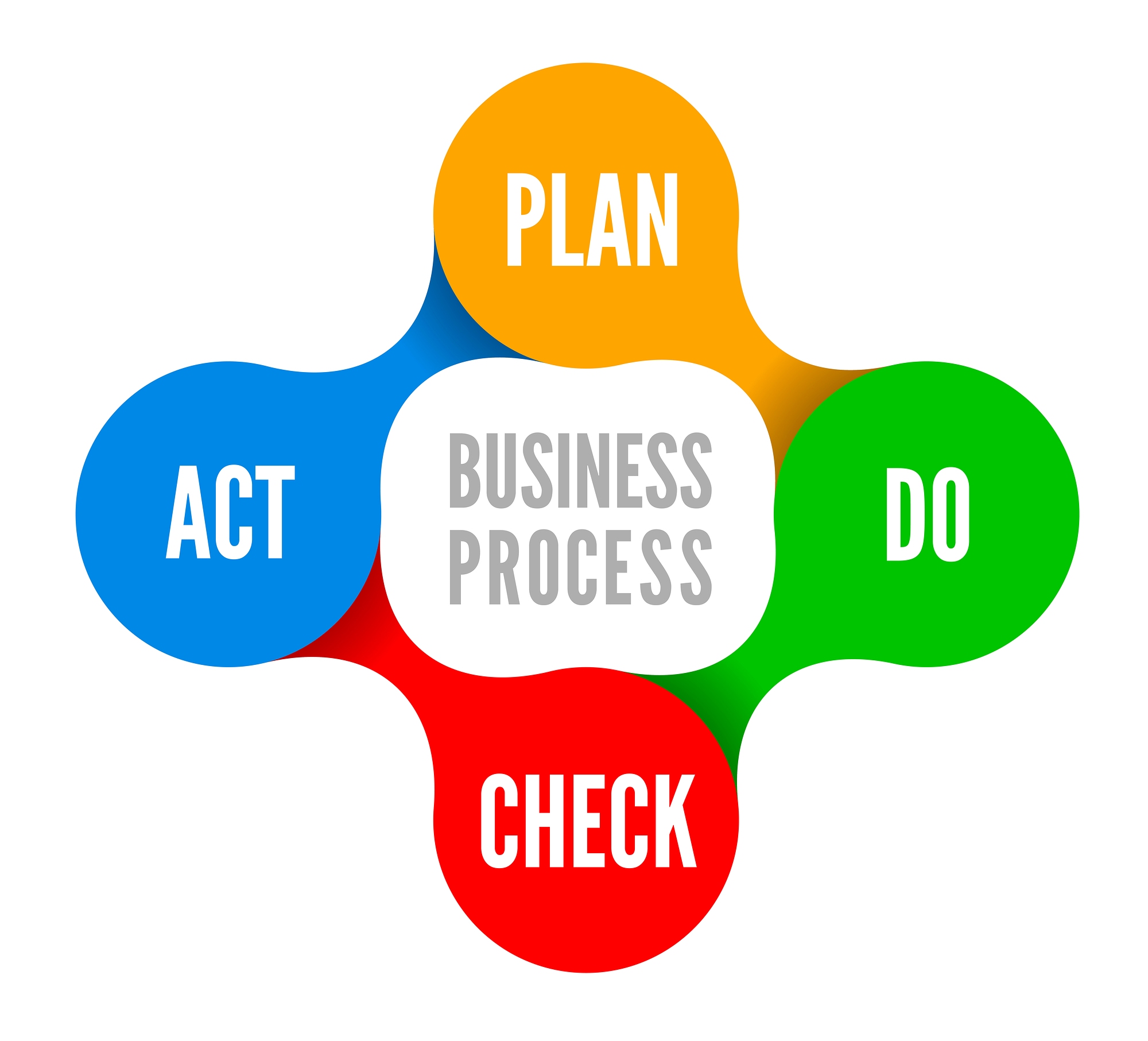Managing energy risk in a low cost environment can be tricky. In addition to enjoying a period of relatively low energy costs, we have had several years of mild winters and summers, which can result in lower-than-forecast cost and usage. What does it mean to manage risk in a low cost, mild weather environment?
Energy cost management process: essential elements
While every cost management process has to be responsive to changes in markets and market environments, the process itself shouldn’t change no matter the circumstances.
The key steps to any successful cost management process are:
- Data. Analyze your data
- Review what happened in the past.
- Evaluate what to expect in the future.
- Plan, execute, analyze. Plan, execute, analyze
- Verify that your business objectives and your strategy continue to align.
- Take advantage of opportunities.
- Focus on > 12 months.
- Insist on transparency.
 Normalize data: manage expectations
Normalize data: manage expectations
Once you have an energy cost management process in place, make sure you are using weather normalized consumption data and current market information to forecast usage and cost over the next 12 to 36 months.
Using a standard, accepted process and consistent data will help you to manage your colleague’s expectations. As a finance or energy manager, your goal is to reduce (or, ideally, eliminate) surprises and control costs to the best of your ability.
Bottom line for finance and energy professionals: Focus on your energy cost process no matter what the market environment. Use your data to forecast cost and usage. Maintain a consistent approach to manage expectations.
